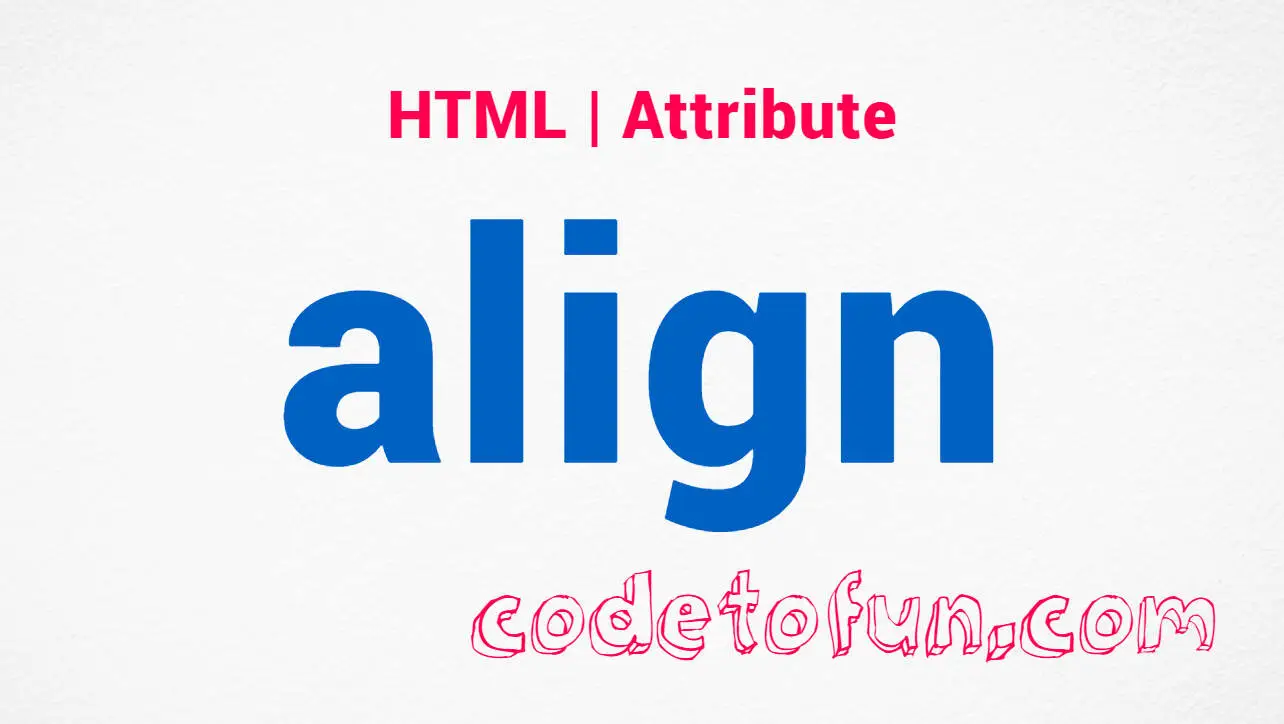
HTML Basic
HTML Reference
- HTML Tags
- HTML Deprecated Tags
- HTML Events
- HTML Attributes
- accept
- accept-charset
- accesskey
- action
- align
- alt
- as
- async
- autocomplete
- autofocus
- autoplay
- bgcolor
- border
- charset
- checked
- cite
- class
- color
- cols
- colspan
- content
- contenteditable
- controls
- coords
- data
- data-*
- datetime
- default
- defer
- dir
- dirname
- disabled
- download
- draggable
- enctype
- enterkeyhint
- for
- form
- formaction
- headers
- height
- hidden
- high
- href
- hreflang
- http-equiv
- id
- inert
- inputmode
- ismap
- kind
- label
- lang
- list
- loop
- low
- max
- maxlength
- media
- method
- min
- multiple
- muted
- name
- novalidate
- onabort
- onafterprint
- onbeforeprint
- onbeforeunload
- onblur
- oncanplay
- oncanplaythrough
- onchange
- onclick
- oncontextmenu
- oncopy
- oncuechange
- oncut
- ondblclick
- ondrag
- ondragend
- ondragenter
- ondragleave
- ondragover
- ondragstart
- ondrop
- ondurationchange
- onemptied
- onended
- onerror
- onfocus
- onhashchange
- oninput
- oninvalid
- onkeydown
- onkeypress
- onkeyup
- onload
- onloadeddata
- onloadedmetadata
- onloadstart
- onmousedown
- onmousemove
- onmouseout
- onmouseover
- onmouseup
- onmousewheel
- onoffline
- ononline
- onpagehide
- onpageshow
- onpaste
- onpause
- onplay
- onplaying
- onpopstate
- onprogress
- onratechange
- onreset
- onresize
- onscroll
- onsearch
- onseeked
- onseeking
- onselect
- onstalled
- onstorage
- onsubmit
- onsuspend
- ontimeupdate
- ontoggle
- onunload
- onvolumechange
- onwaiting
- onwheel
- open
- optimum
- pattern
- placeholder
- popover
- popovertarget
- popovertargetaction
- poster
- preload
- readonly
- rel
- required
- reversed
- rows
- rowspan
- sandbox
- scope
- selected
- shape
- size
- sizes
- span
- spellcheck
- src
- srcdoc
- srclang
- srcset
- start
- step
- style
- tabindex
- target
- title
- translate
- type
- usemap
- value
- width
- wrap
- HTML Global Attributes
- HTML Status Code
- HTML Language Code
- HTML Country Code
- HTML Charset
- MIME Types
HTML align Attribute

Photo Credit to CodeToFun
🙋 Introduction
The align attribute in HTML is used to specify the horizontal alignment of content within various HTML elements.
This attribute helps developers control the positioning of text, images, and other elements on a webpage.
🎯 Purpose of align
The primary purpose of the align attribute is to determine the horizontal alignment of content within the designated HTML element. It can be applied to elements such as images, tables, and text, allowing developers to control the layout and presentation of their web pages.
💎 Values
The align attribute accepts different values based on the HTML element it is applied to. Common values include:
- left: Aligns the content to the left.
- right: Aligns the content to the right.
- center: Centers the content horizontally.
📄 Example 1: Aligning Left
Let's explore an example of how the align attribute to left align the content:
<img src="example.jpg" alt="Example Image" align="left">🧠 How it Works
This code aligns the image to the left of its containing element.
📄 Example 2: Aligning Center
Let's explore an example of how the align attribute to center align the content:
<p align="center">This text is centered.</p>🧠 How it Works
The align attribute is applied to a paragraph element to center the text.
📄 Example 3: Aligning Right
Let's explore an example of how the align attribute to right align the table:
<table align="right">
<!-- Table content goes here -->
</table>🧠 How it Works
In this example, the entire table is right-aligned within its container.
🔄 Dynamic Values with JavaScript
You can dynamically set the align attribute using JavaScript to respond to user interactions or changes in the application state. Here's a basic example:
<script>
// Dynamically set alignment for an element
document.getElementById("dynamicElement").align = "center";
</script>🧠 How it Works
In this script, the align attribute is set to center for an element with the id "dynamicElement." This allows you to adjust the alignment dynamically based on specific conditions.
🏆 Best Practices
- Use the
alignattribute responsibly to enhance the visual appeal and readability of your web content. - Consider using CSS for more complex layout requirements, as it provides greater flexibility and control.
- Be mindful that the
alignattribute is deprecated in HTML5, and it's recommended to use CSS for styling and alignment.
🎉 Conclusion
The align attribute is a useful tool for controlling the horizontal alignment of content within HTML elements. While it can be effective for simple layouts, consider leveraging CSS for more advanced and responsive designs.
👨💻 Join our Community:
Author

For over eight years, I worked as a full-stack web developer. Now, I have chosen my profession as a full-time blogger at codetofun.com.
Buy me a coffee to make codetofun.com free for everyone.
Buy me a Coffee












If you have any doubts regarding this article (HTML align Attribute), please comment here. I will help you immediately.